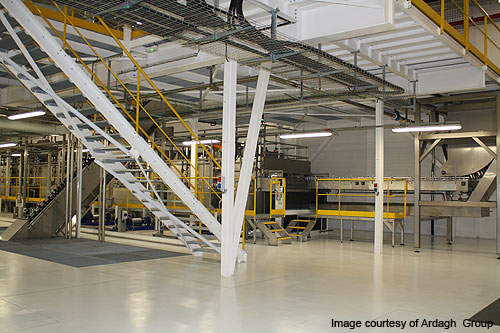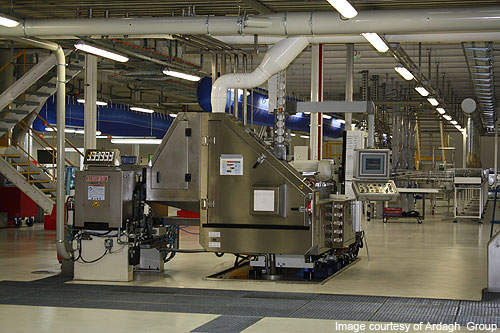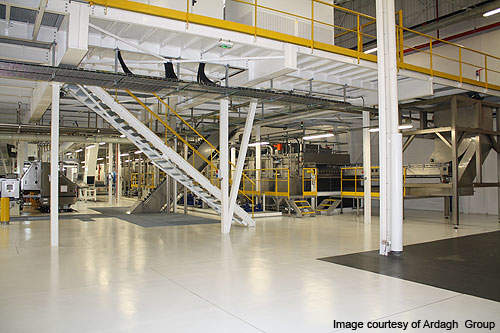Impress Metal Packaging announced investment on a new drawn-wall-ironed (DWI) production line at its Moëlan-sur-Mer plant in France in September 2010.
Following this, Irish glass packaging company Ardagh Glass Group acquired Impress Metal Packaging for €1.7bn. The deal was closed in December 2010 following the approval of the European and US authorities. The resulting entity is named Ardagh Group.
The new line is the third DWI food cans production facility built by Impress in Europe, however, it is the first DWI facility to be custom-built. The line began supplying food cans to the French processed food market by the end of 2010.
Impress opened its first DWI line in 2008 in Deventer, The Netherlands. The second DWI line was opened in Sutton-in-Ashfield, UK.
Technology
DWI is a production technique similar to that used in the making of beverage cans. It is the most cost-effective technique, has short processing times and is also suited for making large volumes of cans with identical specifications.
The process of reforming the thin sheets into a cylinder with a loose end without changing the thickness of the material is called ‘drawing’ while the process of thinning the walls of a can by passing it through circular dies is called ‘ironing’.
This technique allows for the manufacture of cans in a reduced number of steps. The containers manufactured via the DWI process generally have a thin upper wall and heavy lower wall sections. The bottom of the container is thick to provide protection from leakages.
The DWI technique eliminates the common problem of split flanges and simplifies the trimming operation by a simple die cut instead of conventional rotary knife cutting.
Process
The raw material used in the manufacture of cans is tin plate. It is a thin steel metal layer with tin electro coating on both the sides. After the coiled sheet of tin is unwound, it is coated with an organic material to avoid chemical reactions between the container and the product.
The unwound and treated metal sheet is fed into a cupping press, which draws multiple shallow cups at each stroke. The drawn cups are rammed through a series of rings with tungsten carbide internal surfaces, which thin the walls. The height of the can is increased in the parallel body-making machine.
During this process, the can body gets heated due to friction. It is therefore cooled by pouring lubricants used during the cupping process. Flooding of lubricants also flushes away any metallic debris.
The uneven top of the can is trimmed to give a clean edge and correct overall height. The cans are washed and dried to remove any traces of the lubricant.
For labelling purposes, the food cans are given an external coating of lacquer to protect the surface from corrosion. The lacquer is dried by passing the cans through a thermally heated oven at 210°C. The cans are then passed through a flanging machine to flange the top outwards. The flanged top will be sealed after the can is filled at the customer site.
The flanged cans are passed through beading machines, which give circumferential beads to the walls. This strengthens the can further.
The beaded cans are passed through an automatic light tester in order to check their quality. Cans with any pinholes or fractures are automatically rejected by the light tester.
Following the test, the inside of the cans is coated with lacquer using an airless spray system before being dried in the oven.
The cans are finally packed on a pallet for shipment to the customer.






